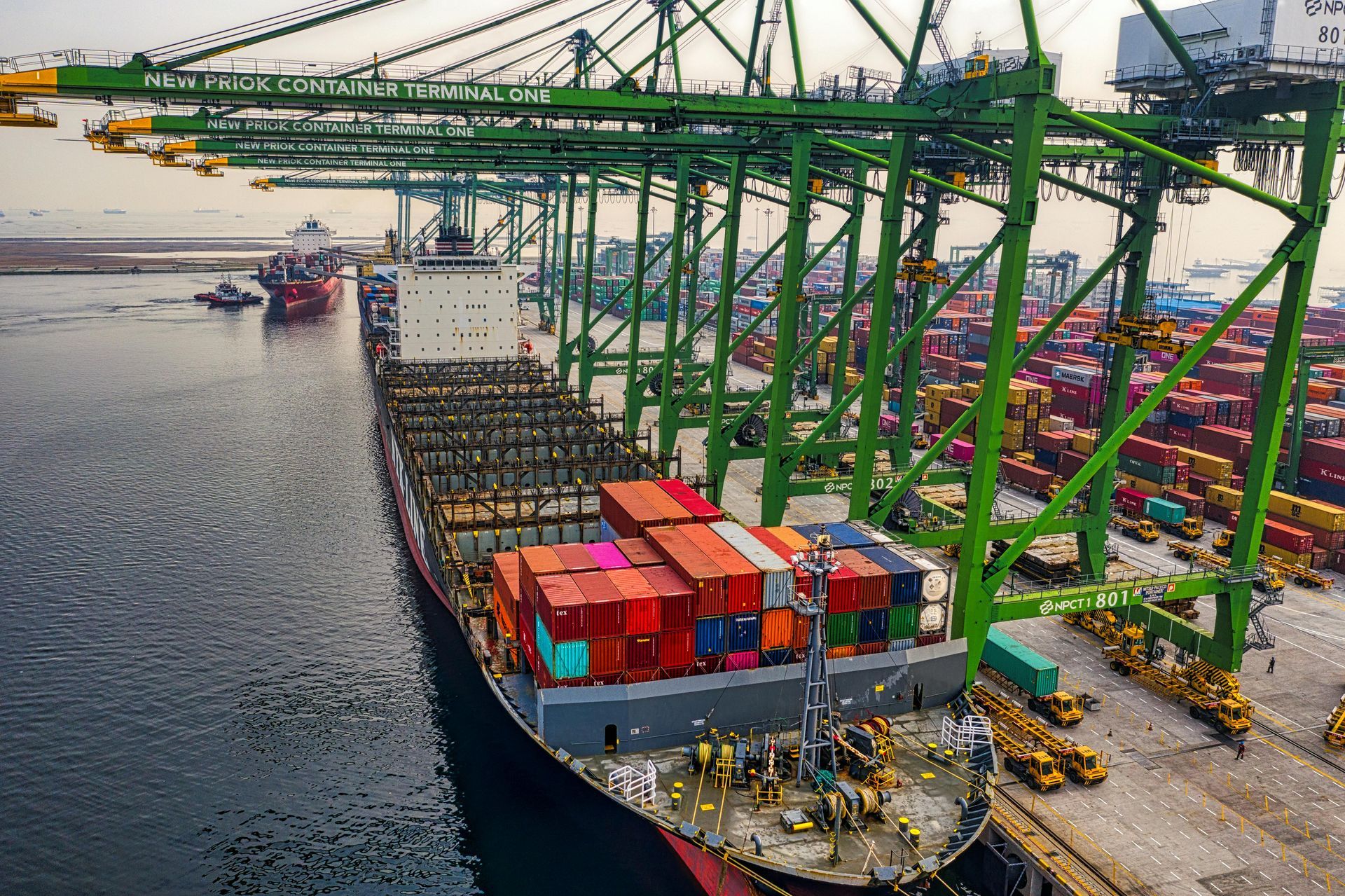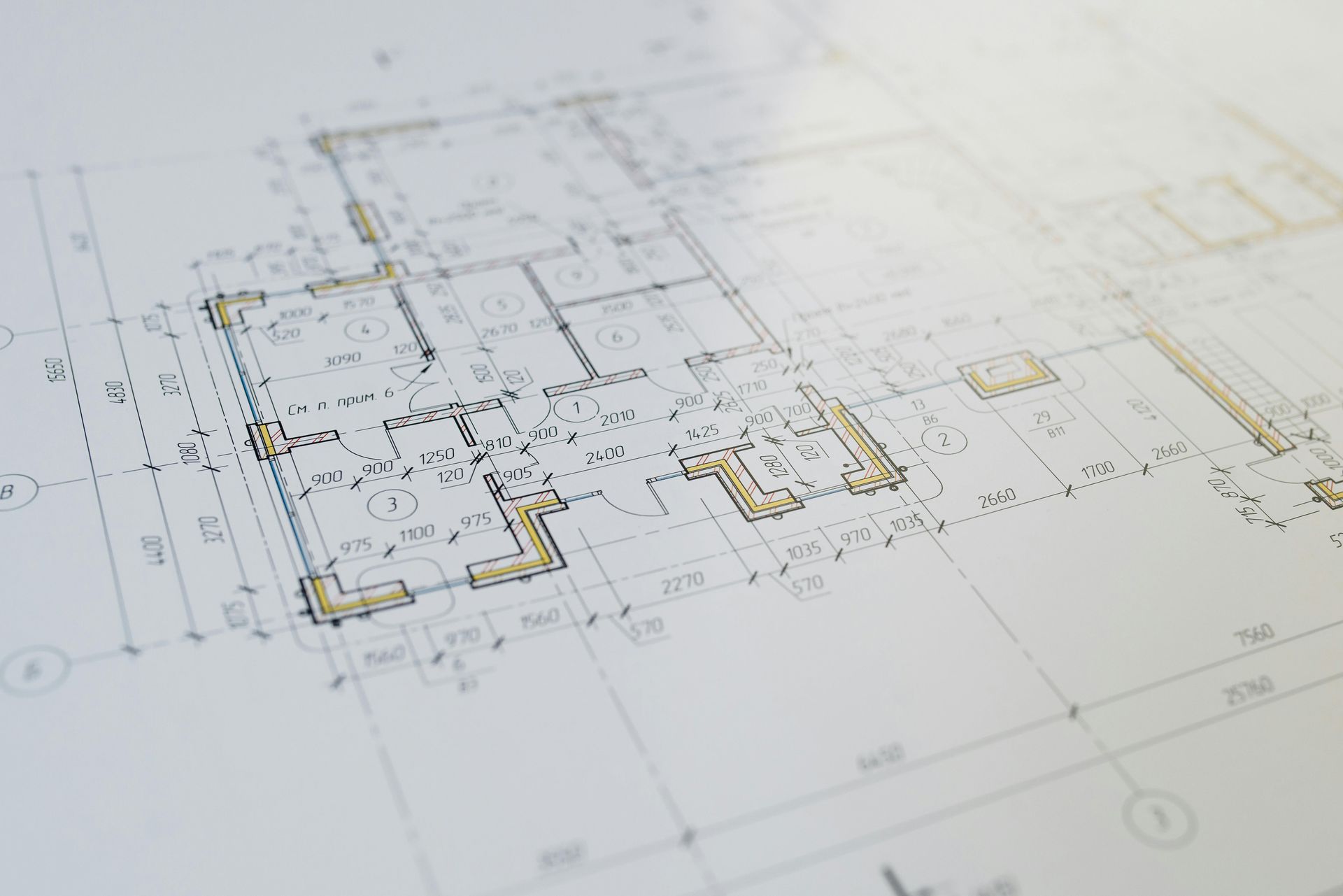Making MDUs Affordable: Strategies for Keeping Urban Housing Accessible
Affordability is one of the biggest challenges facing urban residents today. As cities continue to grow and populations rise, finding affordable housing in the heart of urban environments has become increasingly difficult. Multiple Dwelling Units (MDUs) have emerged as a popular solution to meet the needs of urban populations, providing efficient and community-oriented housing options. However, affordability remains a key concern for many individuals and families who wish to live in cities. Ensuring that MDUs remain accessible and affordable is crucial for creating inclusive urban communities where everyone has the opportunity to thrive.
In this blog post, we will explore the factors affecting the affordability of MDUs, the challenges faced by developers, and the strategies that can be employed to keep urban housing affordable for a diverse range of residents.
The Importance of Affordability in Urban Housing
Affordability is a cornerstone of creating sustainable and vibrant urban communities. Without affordable housing options, many individuals and families are forced to live far from the city center, leading to long commutes, increased transportation costs, and a decreased quality of life. MDUs can play a critical role in providing affordable urban housing that allows residents to enjoy the benefits of city living without financial strain.
- Inclusive Communities: Affordable housing is essential for ensuring that cities remain inclusive and accessible to people from all walks of life. MDUs that offer affordable units help create diverse communities where individuals of different income levels, backgrounds, and lifestyles can coexist and thrive.
- Economic Opportunities: Living in affordable housing near the city center provides residents with access to job opportunities, educational institutions, and essential services. By keeping housing costs manageable, residents can allocate more of their income to other necessities, such as education, healthcare, and savings.
- Reducing Displacement: Rising housing costs can lead to the displacement of long-term residents who can no longer afford to live in their neighborhoods. By maintaining affordability in MDUs, cities can help prevent displacement, allowing individuals and families to remain in their communities and preserve the cultural and social fabric of urban areas.
Factors Affecting MDU Affordability
The affordability of MDUs is influenced by several factors, including construction costs, land availability, market demand, and government policies. Understanding these factors is key to developing strategies that keep housing accessible for urban residents.
- Construction Costs: The cost of construction is a major factor in determining the affordability of MDUs. Rising costs for materials, labor, and land can make it challenging for developers to build affordable units. To address this issue, developers can explore innovative construction methods, such as modular building and prefabrication, which can help reduce construction timelines and costs.
- Land Costs and Zoning: Land availability and zoning regulations also play a significant role in determining affordability. In densely populated urban areas, the cost of land can be prohibitively high, making it difficult to develop affordable housing. Relaxing zoning restrictions to allow for higher-density development and mixed-use projects can help make land more accessible and reduce costs.
- Market Demand and Speculation: High demand for urban housing can drive up prices, particularly when there is a shortage of available units. Speculation in the real estate market can also contribute to rising housing costs, as investors purchase properties with the intent of profiting from future price increases. To combat this, cities can implement policies that discourage speculation and prioritize housing as a place to live rather than a commodity.
- Government Policies and Incentives: Government policies and incentives play a crucial role in promoting the development of affordable MDUs. Programs such as inclusionary zoning, subsidies, and tax incentives can encourage developers to include affordable units in their projects. These policies help ensure that a portion of new housing is accessible to low- and middle-income residents.
Strategies for Making MDUs More Affordable
To ensure that MDUs remain affordable and accessible to urban residents, it is important to implement strategies that address the key factors affecting affordability. Here are some of the most effective strategies for keeping MDUs affordable:
- Inclusionary Zoning: Inclusionary zoning policies require developers to include a percentage of affordable units in new residential projects. This approach helps increase the availability of affordable housing and ensures that new developments contribute to the overall affordability of urban areas. Inclusionary zoning can be tailored to meet the specific needs of different cities, with requirements based on factors such as income levels and local housing demand.
- Public-Private Partnerships: Public-private partnerships (PPPs) can be an effective way to increase the availability of affordable MDUs. Through these partnerships, governments work with private developers to provide funding, incentives, or land for affordable housing projects. PPPs can help bridge the gap between the cost of development and the need for affordable units, making it possible for developers to build housing that is accessible to a wide range of residents.
- Subsidies and Tax Incentives: Government subsidies and tax incentives can help offset the costs of developing affordable MDUs. These incentives can take the form of grants, low-interest loans, or tax credits for developers who include affordable units in their projects. By reducing the financial burden on developers, these incentives make it more feasible to build affordable housing.
- Modular and Prefabricated Construction: Modular and prefabricated construction methods can significantly reduce the cost of building MDUs. By constructing building components off-site and assembling them on-site, developers can save time and reduce labor costs. These methods also allow for greater quality control and can result in more energy-efficient buildings, further contributing to long-term affordability for residents.
- Adaptive Reuse of Existing Buildings: Converting underutilized or vacant commercial properties into residential units is another strategy for increasing the availability of affordable MDUs. Adaptive reuse projects can be more cost-effective than new construction, as they make use of existing structures and reduce the need for extensive site preparation. By repurposing old office buildings, warehouses, or hotels, developers can create affordable housing options in desirable urban locations.
- Rent Control and Stabilization Policies: Rent control and rent stabilization policies can help keep housing affordable for existing residents by limiting the rate at which rents can increase. These policies provide stability for renters, ensuring that they are not priced out of their homes due to sudden rent hikes. While rent control can be a contentious issue, it is one way to protect tenants from the pressures of rising housing costs.
Designing MDUs for Long-Term Affordability
In addition to making MDUs affordable at the outset, it is important to consider how these units can remain affordable for residents in the long term. Sustainable design practices, efficient building systems, and community-focused amenities can all contribute to the long-term affordability of MDUs.
- Energy Efficiency: Energy-efficient building systems, such as high-performance insulation, energy-efficient windows, and LED lighting, can help reduce utility costs for residents. By incorporating renewable energy sources, such as solar panels, MDUs can further lower energy expenses and contribute to a more sustainable urban environment. Lower utility bills make MDUs more affordable for residents over the long term.
- Low-Maintenance Materials: Using durable, low-maintenance materials in construction can help reduce ongoing maintenance costs for MDUs. Materials that are resistant to wear and tear, such as high-quality flooring and weather-resistant siding, can help minimize repair and replacement expenses, keeping costs manageable for property managers and residents alike.
- Shared Amenities: Providing shared amenities, such as laundry facilities, co-working spaces, and fitness centers, can help reduce costs for residents by eliminating the need for individual units to have these features. Shared amenities allow residents to enjoy a higher quality of life without the added expense of maintaining these features within their own homes.
- Community Support Services: MDUs that include community support services, such as childcare centers, healthcare facilities, or educational programs, can help reduce the financial burden on families. Access to these services within the building or nearby can save residents time and money, making urban living more affordable and convenient.
The Role of Policy in Promoting Affordability
Government policies play a critical role in ensuring that MDUs remain affordable and accessible to urban residents. By implementing policies that support affordable housing development and protect renters, governments can help create inclusive cities where everyone has the opportunity to thrive.
- Affordable Housing Trust Funds: Affordable housing trust funds are used to finance the development of affordable housing projects, including MDUs. These funds can provide grants or low-interest loans to developers, helping to bridge the gap between the cost of development and the need for affordable units. By dedicating resources to affordable housing, governments can ensure that there is a steady supply of MDUs that are accessible to low- and middle-income residents.
- Rent Subsidies and Vouchers: Rent subsidies and vouchers can help make MDUs more affordable for low-income residents by covering a portion of their rent. These programs ensure that individuals and families are not spending an excessive portion of their income on housing, allowing them to maintain a stable living situation in an urban environment.
- Inclusionary Housing Requirements: Inclusionary housing requirements mandate that a certain percentage of units in new residential developments be set aside as affordable housing. These policies help ensure that affordable units are included in all new MDU projects, promoting economic diversity and preventing the segregation of low-income residents into specific areas.
Ensuring Affordability in Urban MDUs
Affordability is a key factor in creating thriving urban communities where everyone has the opportunity to live, work, and grow. By addressing the factors that influence the cost of MDU development and implementing strategies that promote affordability, cities can ensure that MDUs remain accessible to residents from all walks of life.
From inclusionary zoning and public-private partnerships to modular construction and adaptive reuse, there are many ways to make MDUs more affordable. By focusing on sustainable design, shared amenities, and supportive policies, developers and policymakers can create urban housing that is both affordable and desirable.
Ultimately, making MDUs affordable is about more than just reducing costs—it is about creating opportunities for people to build fulfilling lives in urban environments. By ensuring that MDUs are accessible, inclusive, and supportive, we can create cities that offer a high quality of life for everyone, regardless of their income or background. Affordability is the foundation of strong urban communities, and by prioritizing it, we can build a brighter future for all urban residents.









